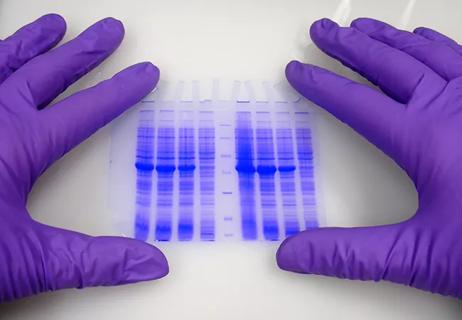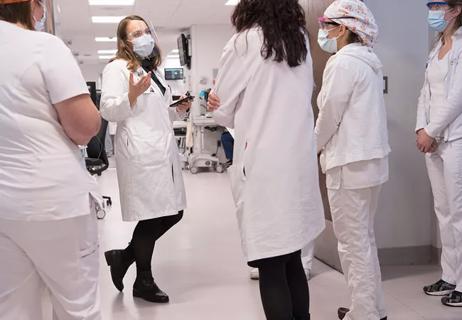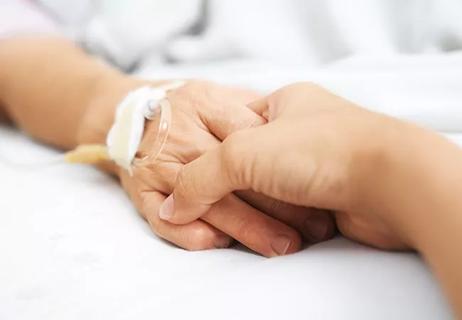Advertisement
Do these techniques work?

Advertisement
Cleveland Clinic is a non-profit academic medical center. Advertising on our site helps support our mission. We do not endorse non-Cleveland Clinic products or services. Policy
Much has been said about the idea that we can teach empathy simply by advocating enhanced communication skills and practicing “etiquette-based medicine” (i.e., introduce yourself, be at eye level, use, touch, inquire of the patient’s experience, etc.). Some claim these techniques are adequate while others decry it as ‘fake news’ and unlikely to succeed over the long haul.
My reflections on these techniques are a bit mixed. On the one hand, practicing etiquette-based medicine surely is better than cold and callous patient interactions, and thus it will help improve satisfaction. It is also of value, when practiced as a habit, for the days when we are tested, being fatigued or irritated over issues at work or at home.
On the other hand, it’s merely a skill, one that’s not likely to be enduringly satisfying to the physician or buffer them against emotional fatigue and burnout. This is where the actual empathic health of the caregiver begins to demonstrate its importance. For a healer who is mindful, and filled with empathy and compassion, the well source of empathy comes naturally and will be inexhaustible. Practicing mind-body techniques such as meditation, especially for those whose orientation is compassionate, may be the best way to grow into this state.
So what is the answer? Etiquette-based good behavior or naturally growing compassionate-based empathy? My answer is both! Do etiquette-based medicine now and ‘fake it till you make it’ by growing your own inexhaustible empathy.
Dr. Calabrese is Director of the R.J. Fasenmyer Center for Clinical Immunology.
Advertisement
Advertisement

In rehabilitation medicine, the answer might require nuance

Mental health colleagues can provide much-needed perspective

Palliative care specialists know hard conversations can also be valuable ones

Variables affect nuances of the conversation

Authors discuss ethical challenges associated with sponsored genetic testing

Program focuses on nurturing ethics leaders in daily practice

Medical, ethical and legal considerations

An end-of-life dilemma in the intensive care unit